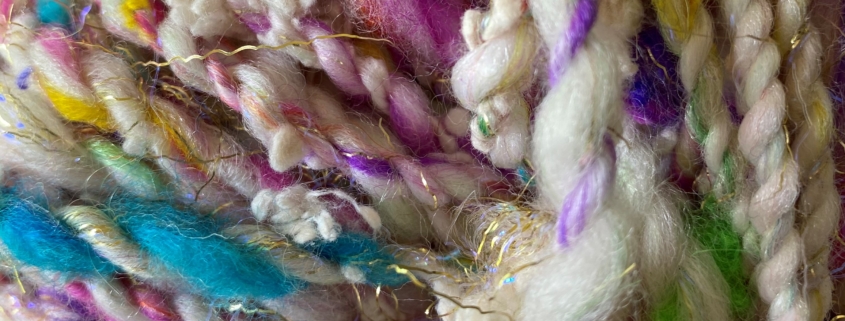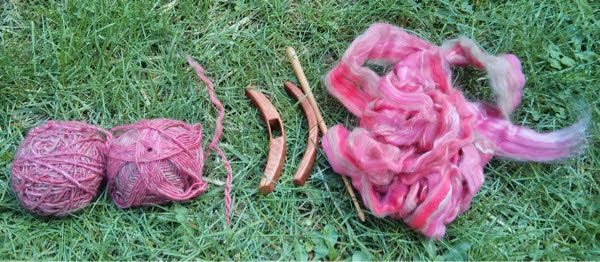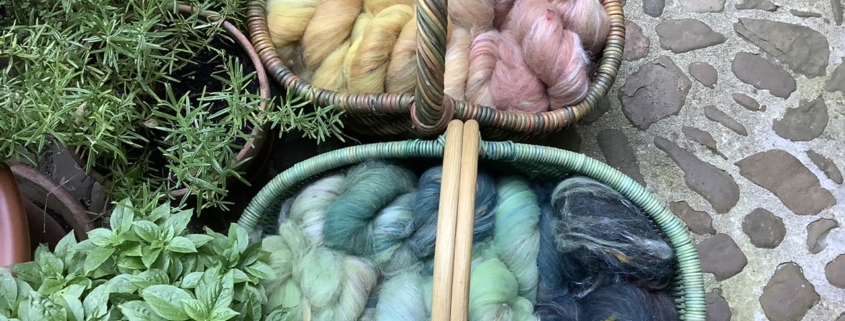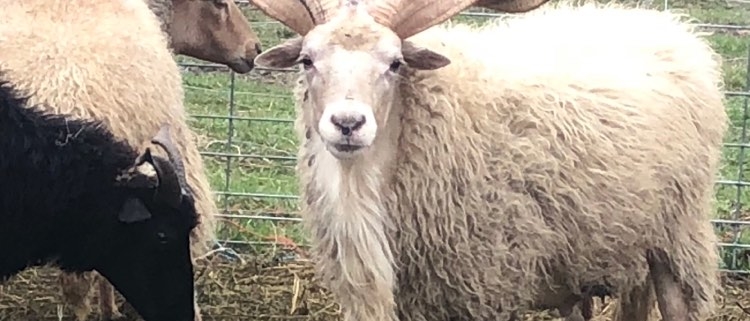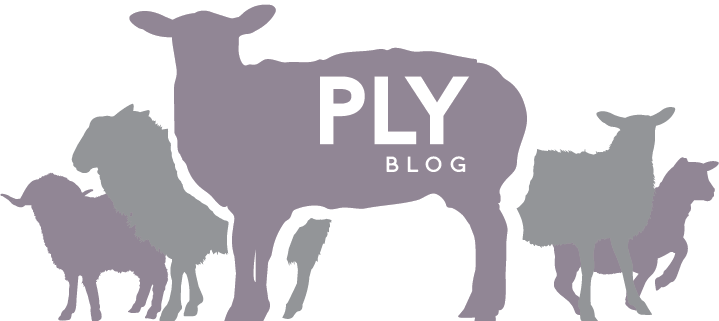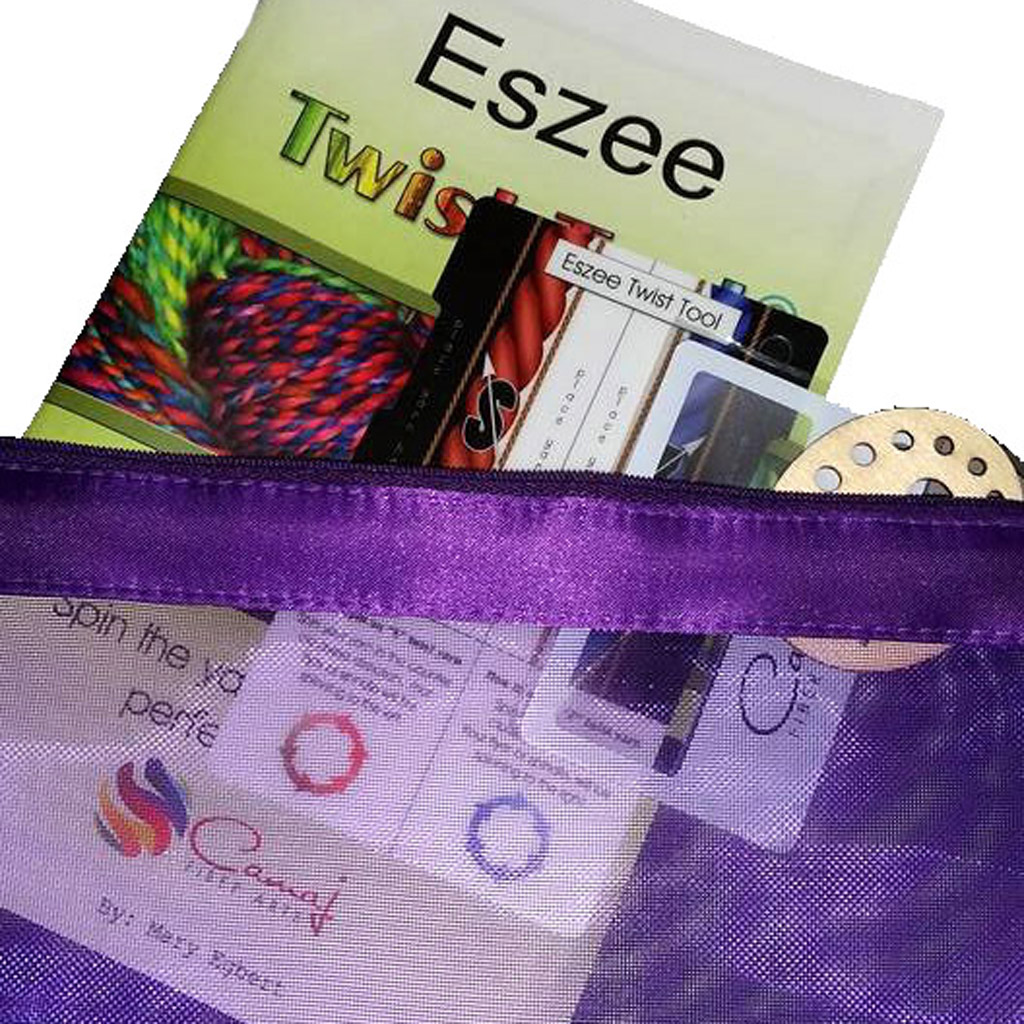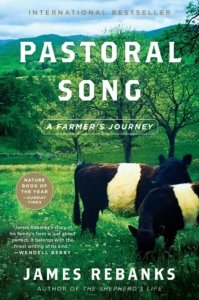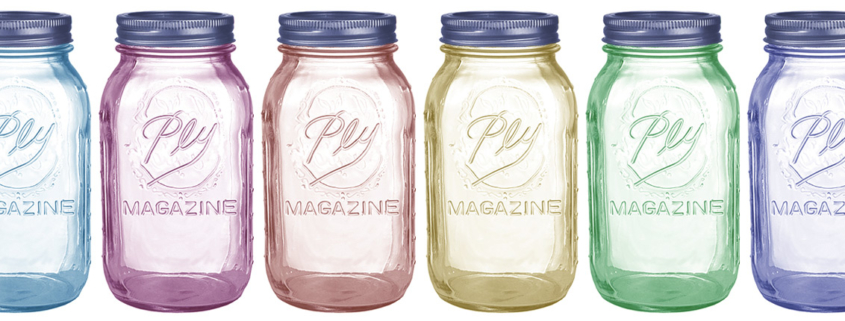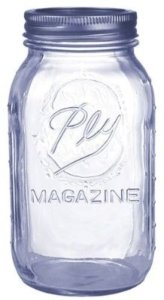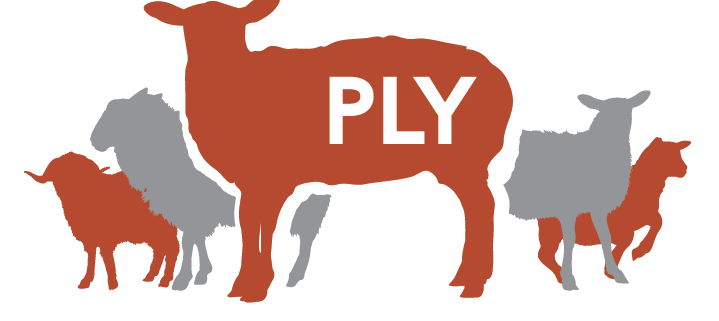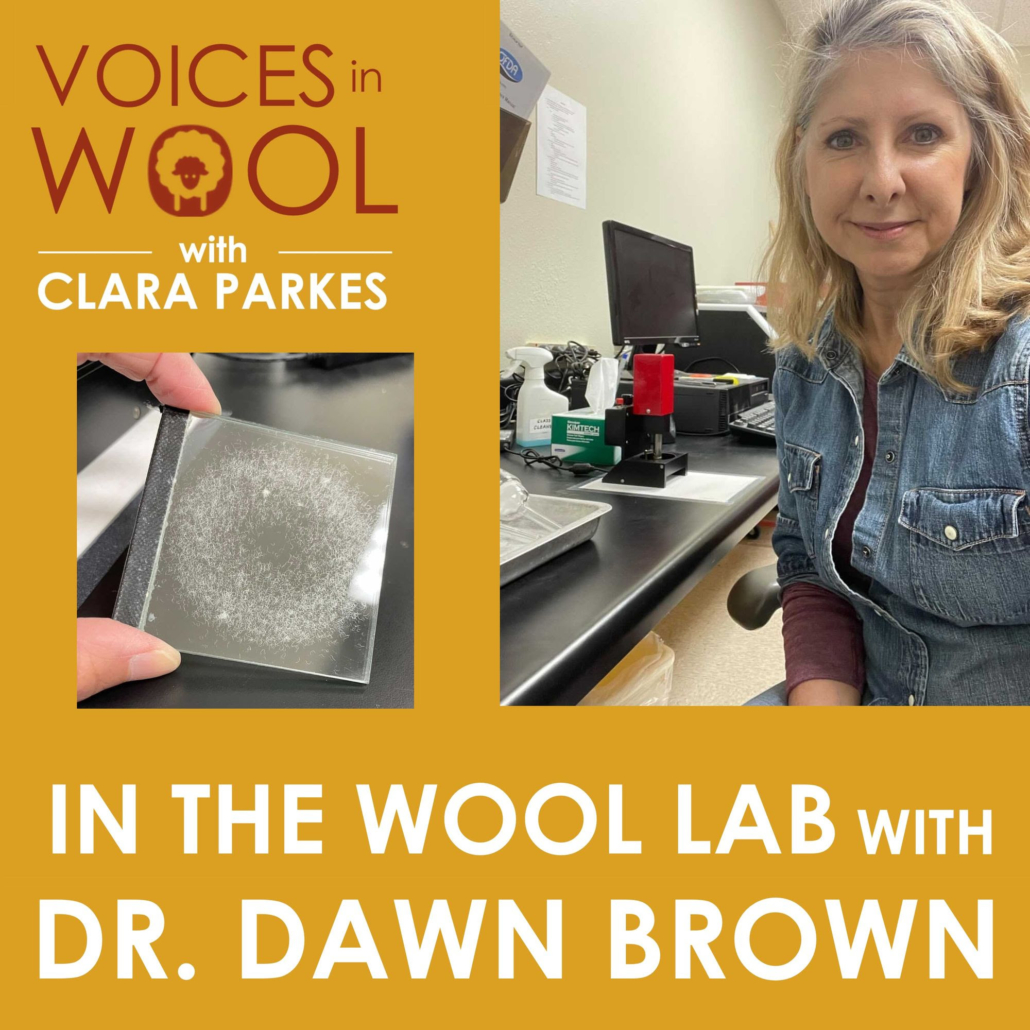Jacqueline Harp
American Racka sheep photo provided by Nancy Richardson
All other photos by Jacqueline Harp
The spring 2021 issue of PLY featured a magnificent collection of articles on the topic of dual-coated sheep breeds. This issue contained an in-depth fleece study of American Racka sheep. The devotion and labor involved in caring for this special heritage breed demands extraordinary recognition. What better way to honor the dedication of the shepherdess who provided the fleece for the article than to gift her with a hand-knitted, 100 percent Racka wool shawl, handspun from the fleece of her flock! Join me in this unique fiber arts experience as we tackle the challenge of spinning a lofty yarn from the dual-coated fleece of the Racka.
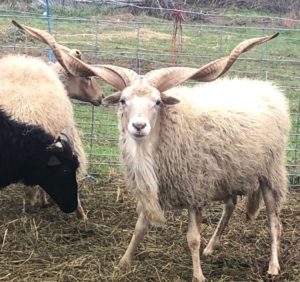
Loft
When used to describe yarn, loft means light, airy, and having a soft handle. Generally, one would not pair loft with dual-coated because the latter often implies that the fiber is coarse, but that is exactly what can be accomplished with the right techniques from raw fleece to shawl. To demonstrate this almost alchemical process in the most dramatic way, I took the heavy, dual-coated fleece of the rare American Racka, and brought loft – lightness, soft handle, and rustic uniformity – to the yarn.
Raw fleece
When I first unrolled a whole Racka fleece on a table in my studio, I was greeted by an expanse of long, stunning silver-gray locks. The locks of an American Racka fleece contain four fiber types: an inner coat, an outer coat, guard hairs, and kemp. A Racka fleece can weigh around 6.5 pounds, with a micron count of 12–40 microns and staple lengths between 8–12 inches.
I skirted the fleece, taking care to remove vegetable matter and any felted locks along the perimeter. Once I finished skirting, I washed a few handfuls of the fleece in hot soapy water. The on-body felting I noticed while skirting indicated that Racka wool may be prone to felting, so I was extra careful not to agitate the fleece or change the temperature during scouring. Once the Racka wool was properly scoured, I laid it out to dry on a table.
Going woolen
The main challenge of this Racka fleece-to-shawl spin project was creating a lofty yarn. The woolen method of handspinning is a great way to achieve lofty, bouncy, and soft yarns. Thus, I chose the woolen method from preparation to spinning.
I took small handfuls of washed Racka locks and laid them in a single layer on my 90 TPI drum carder. I ran the locks through the carder twice to get them thoroughly mixed. The locks blended easily on the drum. It is important to note that although Racka locks hold four different fiber types, the carder did a wonderful job blending those fibers together to make well-blended, airy batts.
I pre-drafted the batts into long strips. This additional step helped make the fibers easier to spin, while still preserving the loftiness of the preparation.
Spinning with drop spindles
The strips of Racka batting felt coarse to the touch, communicating the need for low twist to soften the handle. The coarseness also meant the yarn would be softer and lighter as a single; plying would have added more twist and weight to the yarn, accentuating coarseness. The strength of the Racka fiber allows for a low-twist single that has structural integrity and a softer handle. Thus, I spun all the pre-drafted Racka batts with top whorl drop spindles, using the long draw spinning method. The resulting yarn was a fingering weight single with a WPI of 14.
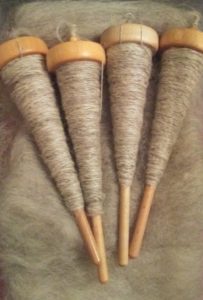
Finishing
I finished the singles in a bath of hot water, still being careful not to cause felting by overhandling. I squeezed out excess water and gave the yarns the “whack” treatment against the edge of the sink. This gives more loft to the singles by setting the twist and encouraging the fibers to bloom.
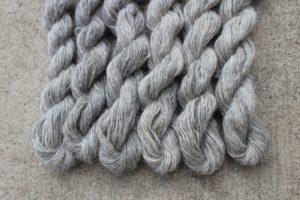
The pattern
The fun part was deciding on a shawl pattern for my handspun Racka singles. I ended-up choosing the Boneyard Shawl, a free pattern offered by Stephen West (Westknits). It is an enchanting design that can make use of a variety of yarn weights.
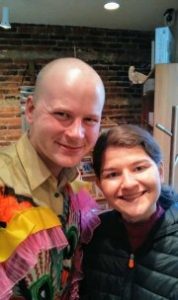
I actually had the good fortune to meet Stephen in person back in 2019, when I happened to be in town to visit my LYS, the Fibre Space, located in Alexandria, VA. Stephen was teaching once of his in-person classes at the time, and I waited over an hour just to take a picture with him, and he was kind enough to oblige.
Knitting
The Racka singles knit effortlessly upon my needles. I finished and blocked the shawl after a soapy bath. After it dried, it was beautiful and fairy-like.
Although it was not next-to-the-skin soft, the yarn was noticeably softer after knitting and was not unpleasant to wear. It also felt warm, light, and springy when worn across my shoulders.
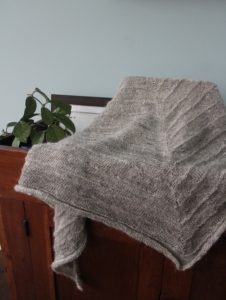
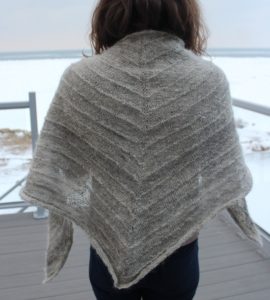
Sendoff
I carefully packaged the shawl and sent it to Nancy Richardson, the American Racka shepherdess. Nancy is a champion for her sheep breed and takes great care of her sheep. She was delighted to receive the shawl and was frankly shocked to see that I was able to create such a wearable and beautiful product from the Racka fleece. She remarked how gorgeous it was to see the natural colors of silver and gray move in a gentle fade throughout the fabric.
Parting thoughts
It has been a pleasure to show you how versatile Racka wool is and what happens when it is prepared and spun using the woolen method. It shows that achieving loft is possible when spinning rare, unusual wools from the dual-coated breeds. As you contemplate your next lofty spin project, don’t be afraid to try your own sheep-to-shawl project and rise above the presumption of coarseness.

Jacqueline Harp is a freelance writer and multimedia fiber artist who spins, felts, weaves, crochets, and knits in every spare moment possible. She is also a certified Master Sorter of Wool Fibers through the State Univ. of N.Y. (Cobleskill) Sorter-Grader-Classer (SGC) Program. Her Instagram handle is @foreverfiberarts.

